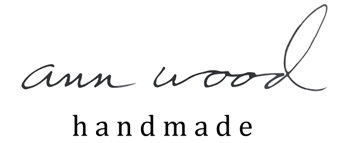April is regatta month! The sailboat sew-along begins tomorrow. Get the pattern here. To participate just make your boat in April and post your progress photos in the stitch club community, on instagram or the in facebook sew-along group using this hashtag: #annwoodregatta . There will be a blog post on the 14th. Shoot for having the boat pieces ready to be assembled by then. We’ll talk more about passengers and embellishments then too.
The little owl (smallest size) and merry wobblers make perfect passengers for the fabric boat.
the hundred day stitch book
Page 14! was finished on Thursday and we are on the first day of page 15 as of today (3/31) This is the homestretch.
A couple frequently asked questions:
Do I start my pages with a plan?
Mostly no. Occasionally there is a color combination or shape I want to work with but it is mostly an improvisational process, one thing leads to another. For me that’s the whole point – start without knowing, experiment, let go of outcome.
I just heard about the book. Can I start now?
Absolutely! And feel free to share your progress. Lot’s of people are working faster or slower or just getting started. You can find all the details for beginning here.
You can checkout pages from thousands of participants in the stitch club community, in the facebook sew-along group and on instagram #annwodstitchbook.

















































































































